Community
All Community Content
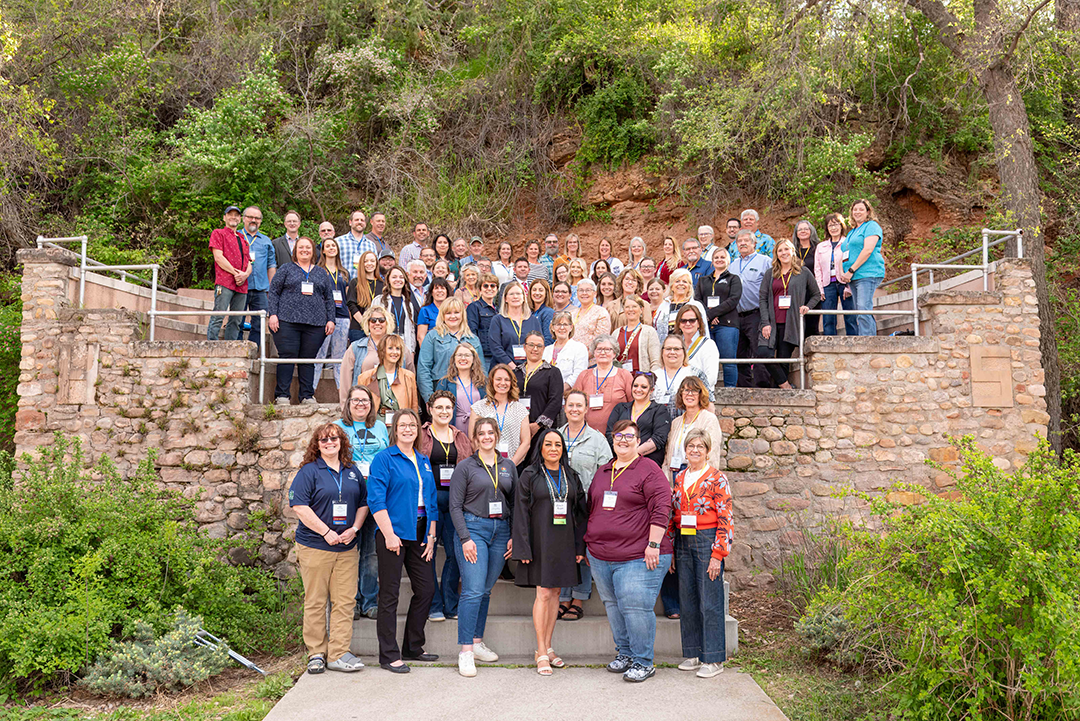
SDSU Extension accepting applications for 2025 Energize conference hosts
July 08, 2024
South Dakota State University Extension Community Vitality is accepting applications from communities that would like to host the 2025 Energize conference.
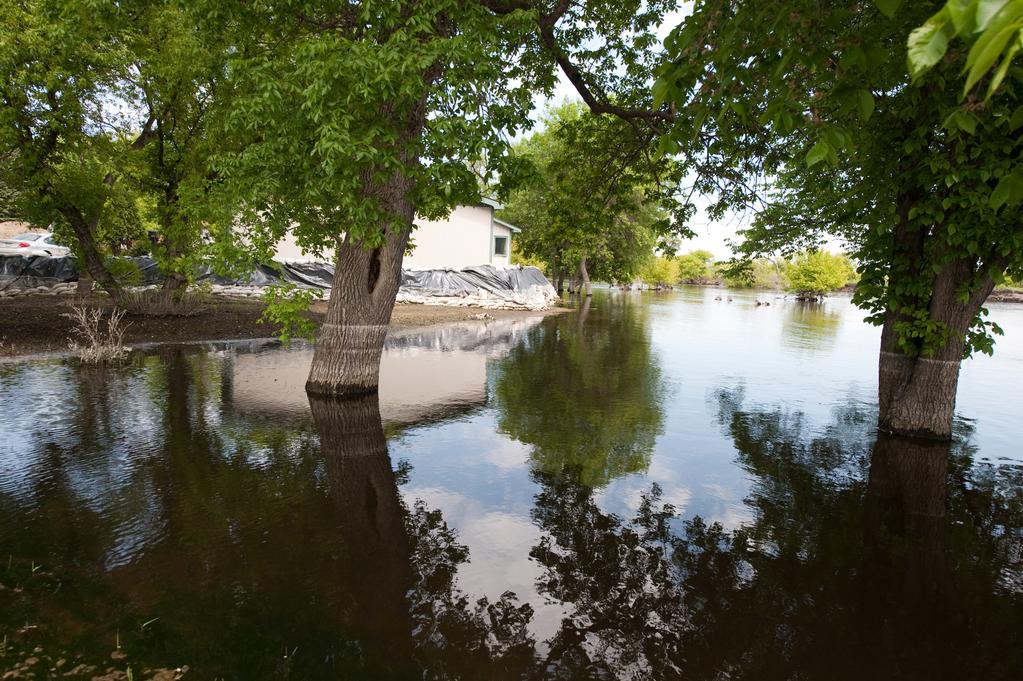
What to Do About Flood-Damaged Trees
Fact sheet on what to do about flood-damaged trees

Product Donations for Food Manufacturers
Interested in donating some of your slightly flawed food products to a food drive? View some food safety tips and donation considerations for food manufacturers in South Dakota.

Farm to (More Than) School
Opportunities for local food procurement go beyond just school lunch! Learn about several child nutrition programs and settings that may accept local foods.

Inundaciones: sugerencias útiles
La primavera en el Medio Oeste siempre trae el riesgo de inundaciones, sea por la nieve que se derrite o por lluvia en exceso.
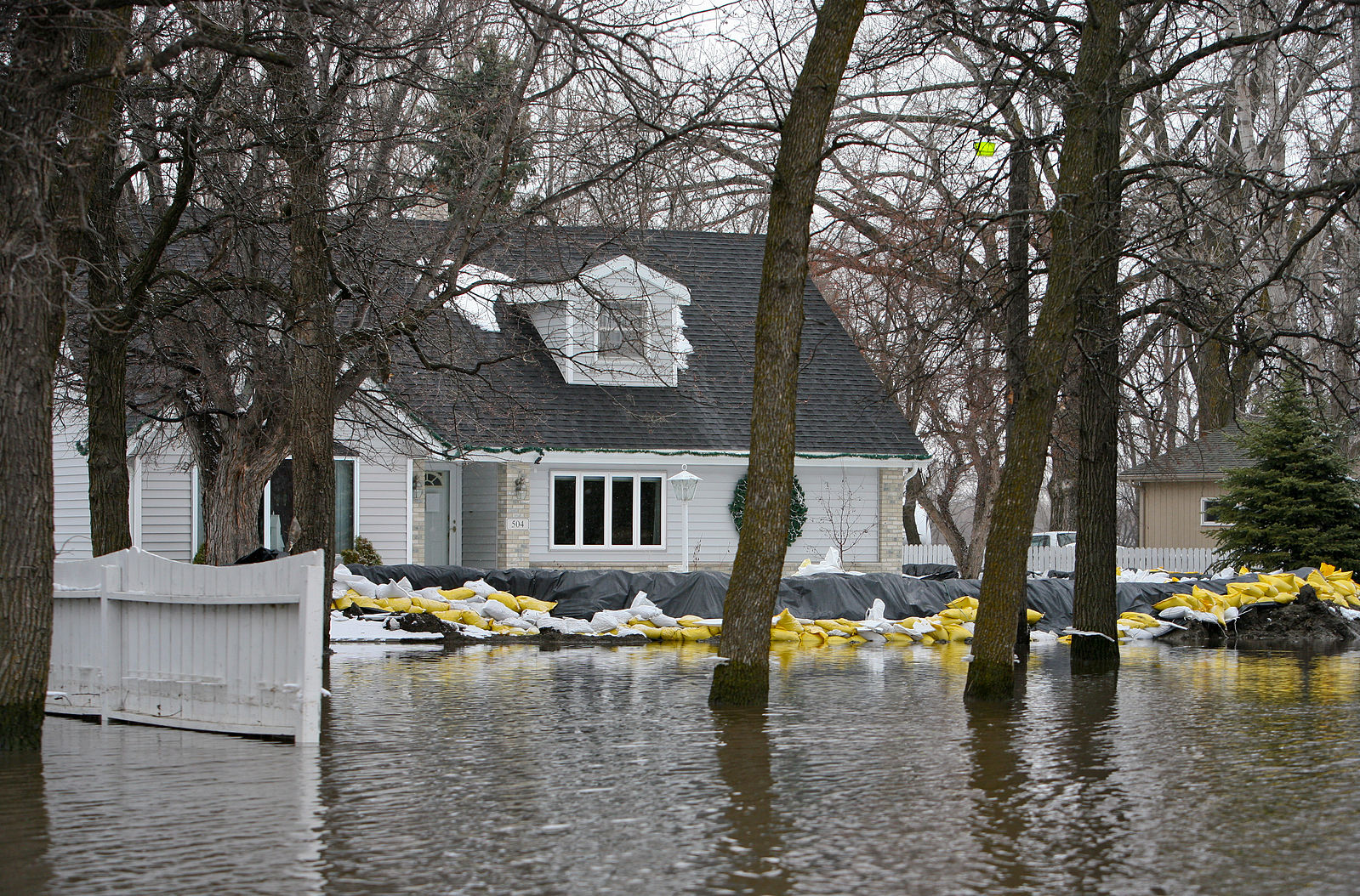
Managing Flooding Around Home Structures
As South Dakota and our surrounding neighbors begin to deal with the consequences of spring snowmelt and the dramatic flash flooding that came about from the region’s most recent winter storm, we can only hope that conditions begin to improve quickly.
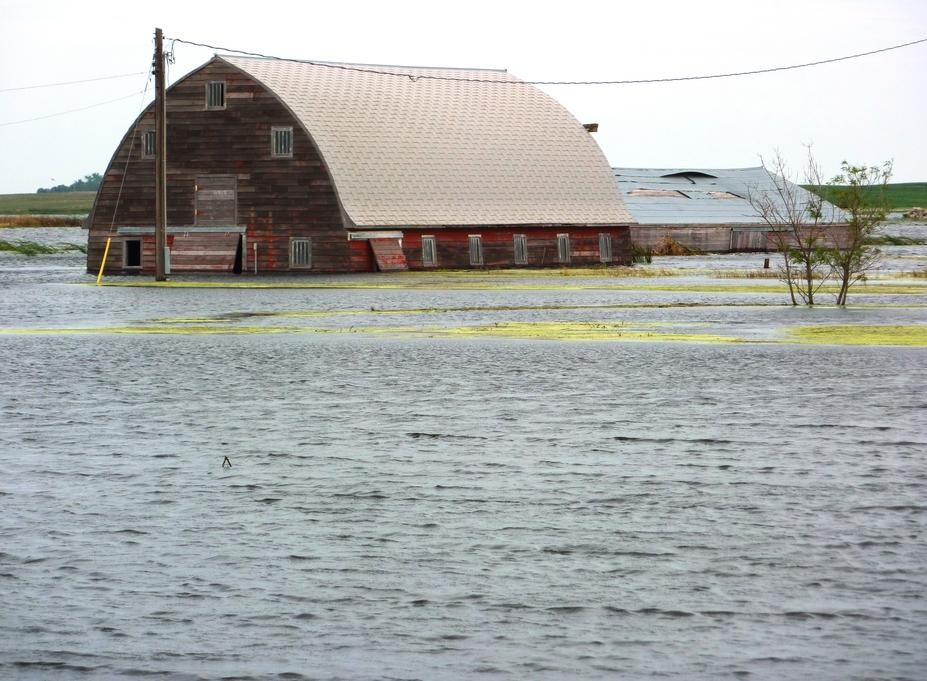
Flood
View resources to prepare for and recover from flood situations.

What can the construction industry learn from the motion picture industry?
Many of us take for granted the rating system used to indicate the appropriate audience for movies in the U.S. The interesting thing is that movie creators have no legal requirement to follow the Classification and Rating Administration (CARA) guidelines. Yet, they do.

Ages & Stages in the Garden: Ages 6-8
A garden can be used to teach many concepts to a board range of ages. When working with early elementary youth you will want to consider characteristics of their development when planning lessons and activities.
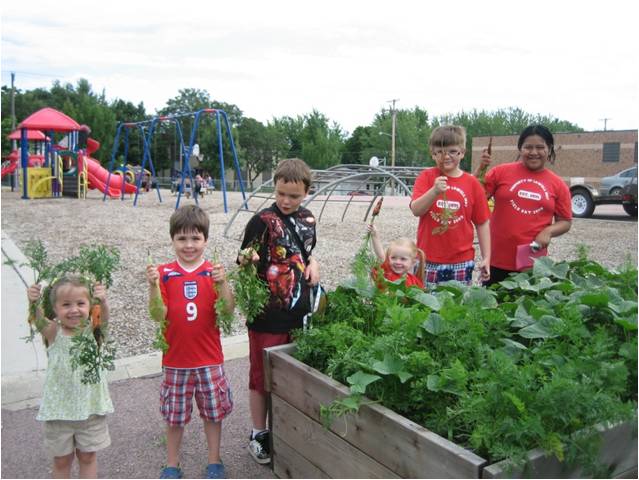
Ages & Stages in the Garden: 4-5 year olds
If considering a garden-based learning program for four to five year-old it is important to understand some of their developmental characteristics prior to planning your program. Young children’s abilities will differ greatly from older youth.